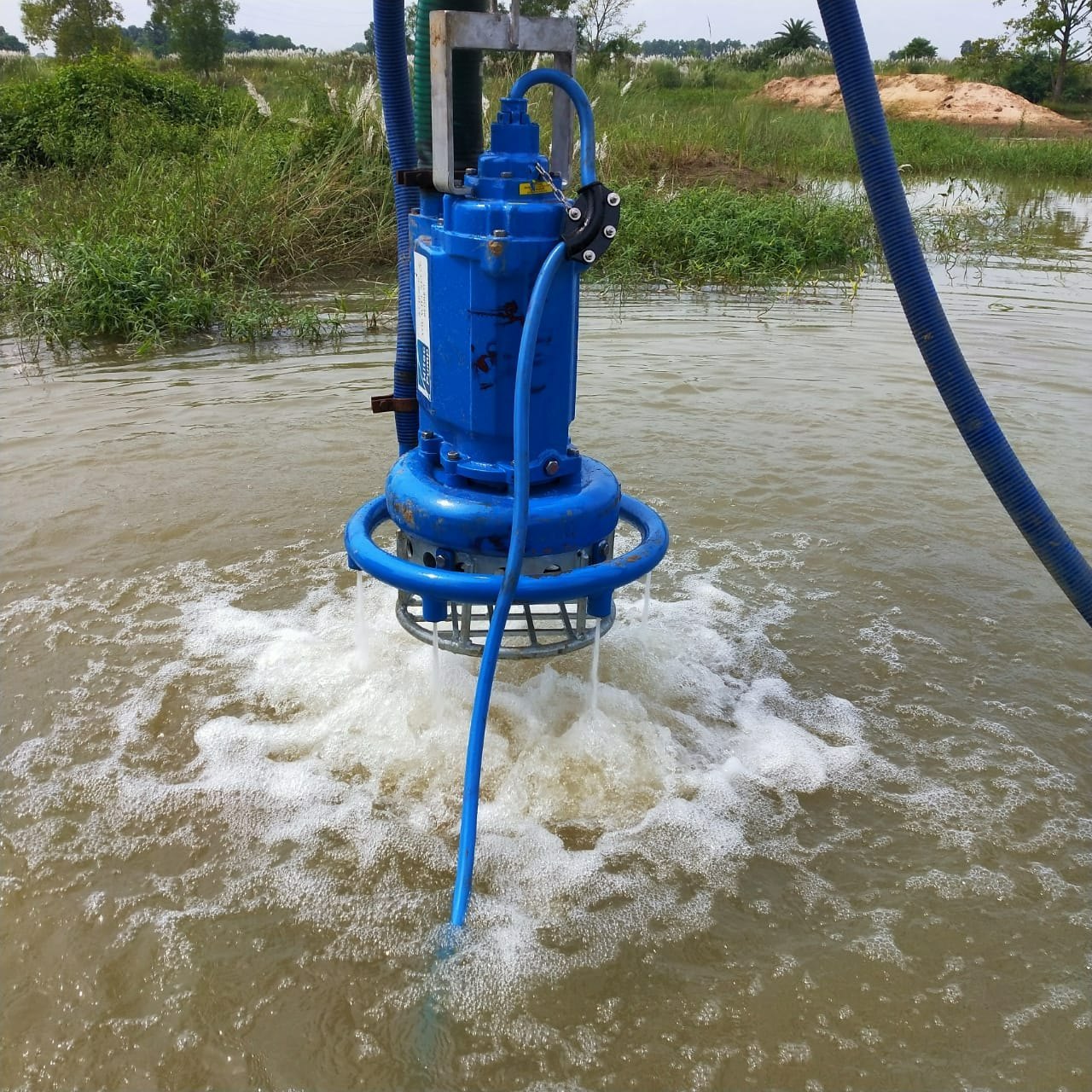Understanding the Need for Submersible Sand Slurry Pump
Dredging, the process of excavating underwater sediments, plays a pivotal role in various industries, including construction, mining, and environmental remediation. The effectiveness of dredging largely depends on the equipment used, with one of the key components being the submersible sand slurry pump. This article delves into the reasons why this specific pump is indispensable in dredging operations and elucidates its submersible capabilities.
- Efficient Handling of Abrasive Materials: Dredging often involves the extraction of sand, gravel, or silt, which can be highly abrasive. A submersible sand slurry pump is engineered to handle such abrasive materials with ease. Its robust construction, typically featuring high-chrome iron components, ensures durability and longevity even in the harshest operating conditions. For instance, in mining applications where sand and gravel are extracted from underwater deposits, these pumps are indispensable for continuous and reliable operation.
- Enhanced Maneuverability: Submersible sand slurry pumps are designed to operate while submerged underwater. This unique feature allows them to access hard-to-reach areas that conventional pumps cannot reach. For example, in port maintenance dredging, where silt and sand accumulate in shallow waters near docks and berths, these submersible pumps can efficiently remove the sediment without the need for extensive dredging equipment.
- Minimized Environmental Impact: Dredging operations must often comply with stringent environmental regulations to mitigate their impact on aquatic ecosystems. Submersible sand slurry pumps offer an environmentally friendly solution by minimizing turbidity and sediment dispersion during dredging. By operating underwater, these pumps can directly suction sediment-laden water, minimizing the disturbance to aquatic habitats and reducing the risk of sedimentation in sensitive areas such as coral reefs and marshlands.
- Increased Operational Flexibility: The submersible nature of these pumps provides unparalleled flexibility in dredging operations. Whether it’s deepening navigation channels in harbors, maintaining reservoir capacities in hydropower dams, or restoring natural waterways, submersible sand slurry pumps can adapt to various depths and sediment types. Moreover, their compact design and ease of installation make them ideal for temporary dredging projects or emergency response situations.
The Submersible Ability of Submersible Sand Slurry Pump
- Sealed Construction: Submersible sand slurry pumps are hermetically sealed to prevent water ingress and maintain internal pressure. This ensures reliable performance even when fully submerged, eliminating the risk of pump failure due to water damage. Additionally, the sealed construction minimizes the risk of contamination in sensitive environments such as wastewater treatment facilities or ecologically sensitive water bodies.
- Efficient Heat Dissipation: Operating underwater provides natural cooling for the pump motor and other components, ensuring optimal performance and prolonging the lifespan of the equipment. Unlike surface pumps that rely on external cooling mechanisms, submersible pumps dissipate heat directly into the surrounding water, resulting in more efficient heat transfer and thermal management.
- Reduced Noise and Vibration: Submersible sand slurry pumps operate submerged, reducing noise and vibration levels compared to their surface counterparts. This is particularly advantageous in urban areas or near residential neighborhoods where minimizing noise pollution is crucial. The submersible design also eliminates the need for additional noise-reducing enclosures, simplifying installation and maintenance procedures.
In conclusion, the submersible sand slurry pump stands out as a versatile and indispensable tool in dredging operations. Its ability to efficiently handle abrasive materials, operate underwater, and minimize environmental impact makes it the preferred choice for a wide range of dredging applications. With advancements in design and technology, these pumps continue to play a pivotal role in shaping the future of dredging and environmental stewardship.
